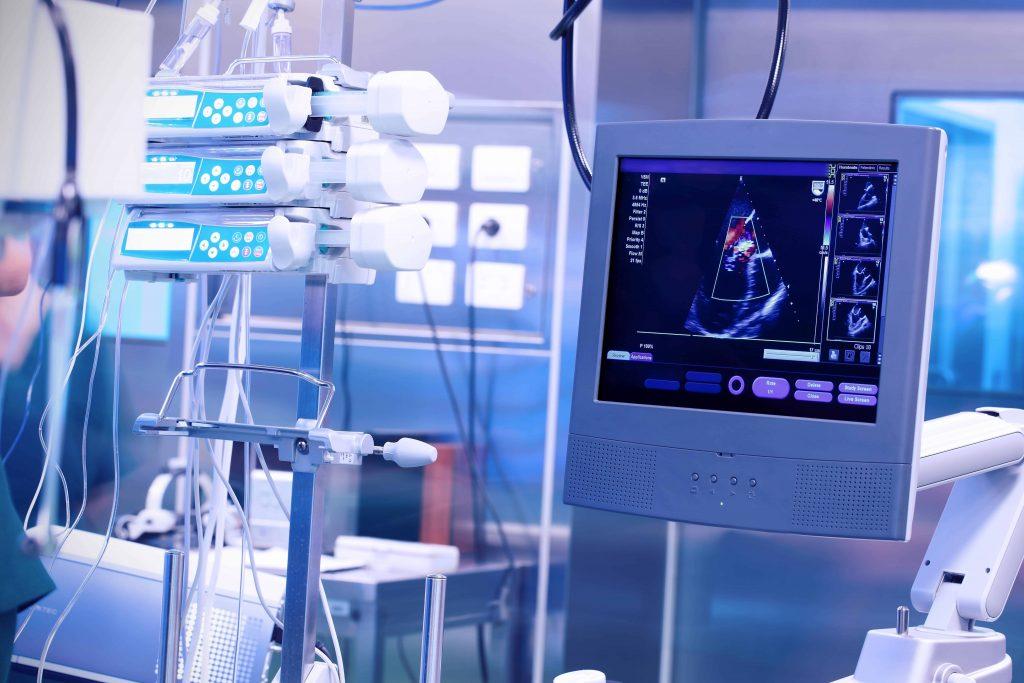Diagnostic medical sonographer, cardiovascular sonography technologist is also known as a diagnostic imaging specialist. A career in allied healthcare can be confusing, especially when you have to decide between Diagnostic Medical Sonography and Cardiovascular Sonography.
Both diagnostic medical sonography and cardiovascular sonography are regulated medical professions by the College of Medical Radiation and Imaging Technologists of Ontario (CMRITO).
How Sonography Works?
Sonogram and ultrasound are usually used interchangeably. Ultrasound is a tool used to take a picture, and a sonogram is the end result of the process. Sonography is a non-invasive, painless procedure. It uses high-frequency sound waves to produce images of soft tissues, blood vessels, and organs from inside the body.
Duties of Diagnostic Medical Sonographer and Cardiovascular Sonography Technologist
- Prepare patients for procedures
- Maintain diagnostic imaging equipment
- Efficiently operate equipment to obtain diagnostic images
- Ensure adequate coverage of body areas needed for diagnoses and check for the quality of images
- Identify diagnostic information and recognize abnormalities
- Analyze diagnostic information and provide a summary to physicians
- Record finding and keep track of patient’s records.
Diagnostic Medical Sonographer
Diagnostic Medical Sonographer focuses on the general concentrations such as Abdomen, OB-GYN, Pediatric, Cardiac, Vascular and Musculoskeletal. A detailed look:
- Obstetrics and gynecology sonographers mainly work in imaging the female reproductive system. The ultrasound procedure is performed to track the baby’s growth and health.
- Pediatric sonographers specialize in imaging of children and infants. Imaging is associated with birth defects or premature births, and sonographers assist pediatricians and caregivers.
- Abdominal sonographers specialize in imaging a patient’s abdominal cavity, kidneys, gallbladder, pancreas or spleen. They may assist in biopsies and other examinations that require ultrasound assistance.
- Breast sonography can confirm the presence of cysts and tumors detected by a mammogram, the physician or the patient. Breast sonographers assist physicians with procedures that track tumors and make decisions about the best treatment options.
- Echocardiographers or Cardiac sonographers specialize in imaging a patient’s heart. They work closely with physicians or surgeons before, during, and after procedures. Cardiac sonographers may have to take echocardiograms of fetal organs during pregnancy so that physicians can diagnose cardiac conditions.
- Vascular sonographers create images of blood vessels and collect data that help diagnose disorders affecting blood flow. They often measure a patient’s blood pressure and the volume of blood in their arms, legs, fingers, and toes and identify blocked arteries or blood clots in the body.
- Musculoskeletal sonographers specialize in imaging muscles, ligaments, tendons, and joints and may assist with ultrasound guidance for injections during surgical procedures.
Program Length: Diagnostic medical sonography programs usually take more than 2 years to complete. Medical sonography programs cover multiple specialties.
Employment Outlook: The employment outlook will be good for Medical sonographers in Ontario for the 2019-2021 period.
Average Wage: The average wage of Diagnostic Medical Sonographers in Ontario is C$37/hr.
Cardiovascular Sonography Technologist
Cardiovascular technologists create images and conduct tests involving the heart and lungs. Applicants specialize in dual modalities – Cardiac and Vascular.
Three major types of technicians include:
- Cardiac catheterization technologists or cardiovascular technologists monitor patients’ heart rates and help physicians in diagnosing and treating the problems. They may prepare and monitor patients during open-heart surgery or the insertion of pacemakers and stents.
- Electrocardiogram (EKG) technicians specialize in EKG testing. EKG machines monitor the heart’s performance while the patient is at rest or while the patient is physically active.
- Cardiopulmonary technologists monitor and test patients’ lungs and breathing. They help physicians in diagnosing and treating problems of the pulmonary system.
Program Length: Cardiovascular Sonography Technologist program usually takes 18 to 24 months to complete.
Employment Outlook: The employment outlook will be fair for Cardiovascular Technologists in Ontario for the 2019-2021 period.
Average Wage: The average wage of Cardiovascular Sonography Technologists in Ontario is C$38/hr.
—-
BizTech College’s cardiovascular sonography technologist program includes both echocardiography and vascular modalities in one diploma. 600 hours of clinical placement offers hands-on, situational training, supervised by qualified sonography professionals, in a real-world, clinical setting.
Upon successful completion of the diploma program and registration with Sonography Canada, graduates are eligible to register with the CMRITO.







